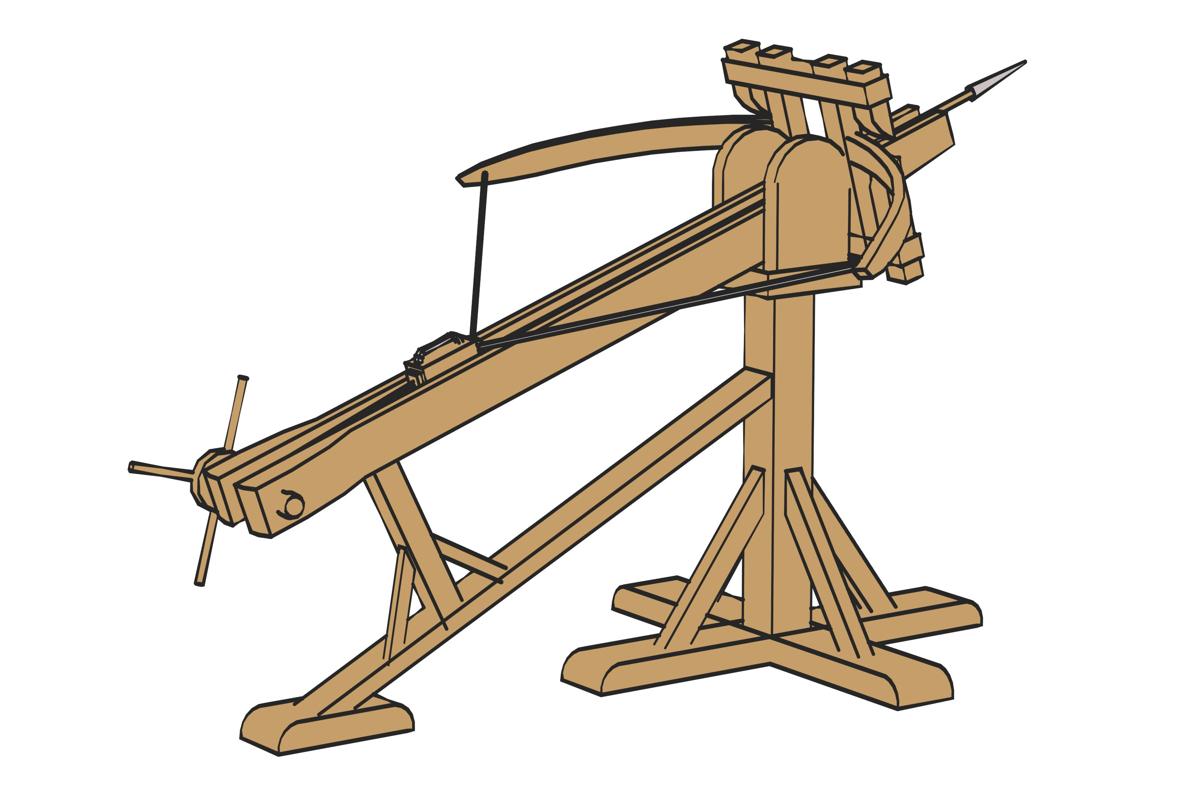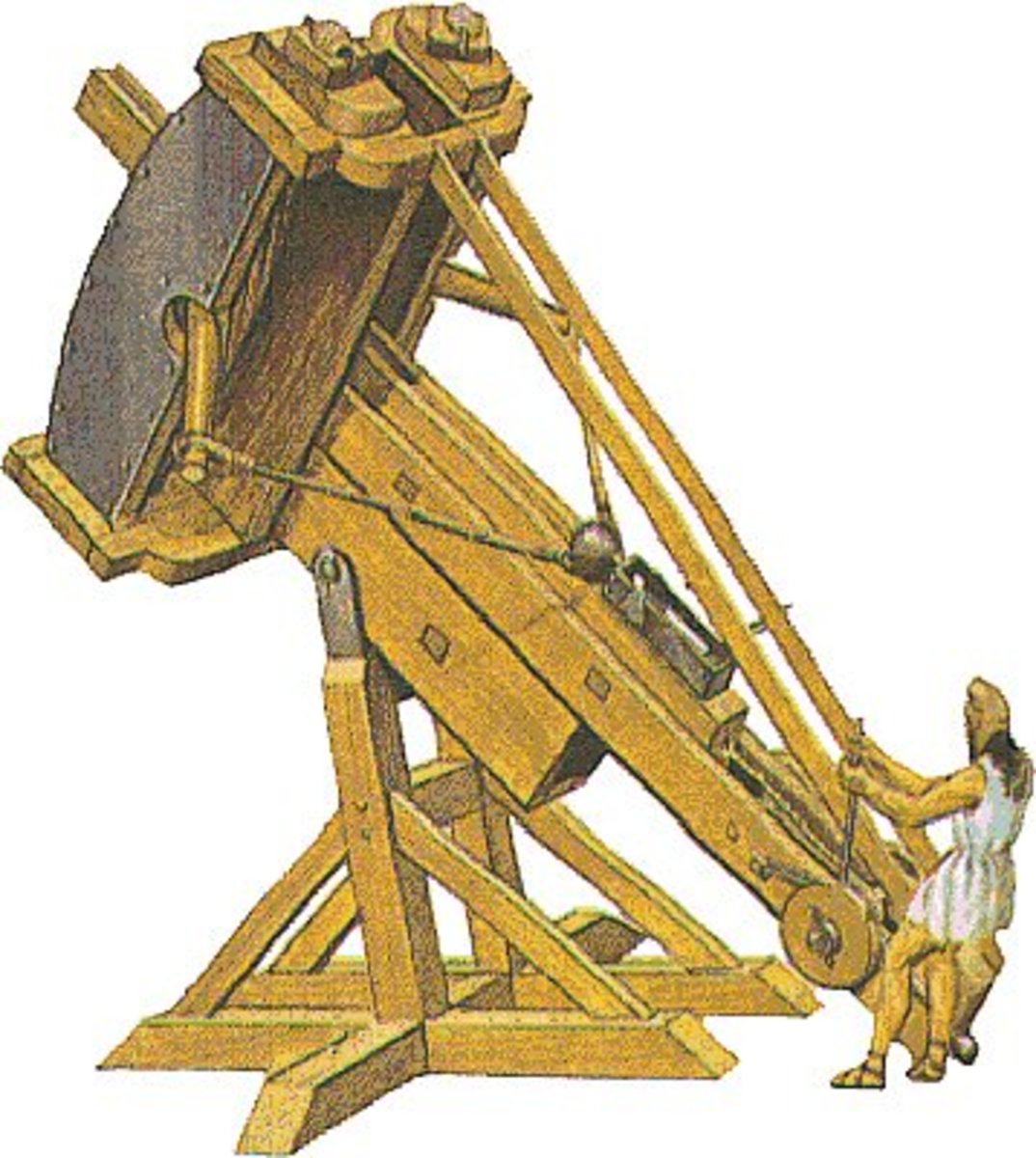![[BKEYWORD-0-3] Siege Weapons In Ancient Greece](https://media.buzzle.com/media/images-en/gallery/weapons/1200-472057221-ballista-weapon.jpg)
Siege Weapons In Ancient Greece Video
Ancient Greece - Weapons and War Siege Weapons In Ancient GreeceAs in the chariot, the warrior is the superior soldier, as can seen by his dress. There are the soldiers Sargon employed straight off the march in the battle that defeated the Urartian army to the ast of Lake Urmia. Those illustrated clearly attest to the much greater proficiency of the Assyrian cavalry arm by this date.

The armament is heavier, with both troopers equipped with the compound bow, quiver, and long stabbing lance. The cavalry are now equipped with footwear in the form of socks with lace-up boots. Nevertheless, even the crews of light two-man chariots, where Wfapons only offensive weapon was the bow, are sometimes depicted wearing scale body armour. The reason behind this was that armour required a trade-off between balance and protection.
Shop with confidence
For a charioteer, balance was not too much of a problem and so the more protection the better, being as helpful in warding off enemy arrows and sling stones as blows from hand continue reading. By contrast, for a horseman balance and ease of movement was much more of an issue, so the trade-off only really became worthwhile when he was intending to indulge in shock combat where Siege Weapons In Ancient Greece protection was obviously a massive benefit. One of the benefits that stirrups would bring much later was that they made it easier to shift weight and correct balance, compensating for, or allowing, the top-heaviness of heavier body armour. Waepons

There was also the issue of the weight carried by the horse. Although horses were strong enough to be ridden, any animal can pull much more weight than it can carry that was the whole point of the wheel.
Shop by category
In many Near Eastern armies the horses themselves might also be armoured with trappers that covered their chests, shoulders, backs and flanks, just as modern horse rugs do. These could be of thick felt or hair and called a parashshamu, with a neckpiece, or milu, of the same material; or these could be of scale, when it was called a sariam as for human armour. Most early ridden cavalry horses, however, were not armoured, horse armour gradually becoming more common again over the course of several centuries. That expensive horses were exposed to this risk by the addition of armour suggests they were expected to be right in the thick of battle.
It was therefore more useful to units called upon for one or two short, but potentially decisive, charges than those used in the continuous manoeuvring of skirmishing. The transition from chariots to true cavalry was a gradual and uneven one. Occasional depictions of ridden horses have survived from early in the second millennium BC, but most seem to represent single messengers or scouts, ill-equipped for combat, or Siege Weapons In Ancient Greece fleeing on team horses cut loose from wrecked chariots.

It seems, however, that by the late second millennium BC units of cavalry may have been making their appearance on Middle Eastern battlegrounds. A twelfth century BC plaque from Ugarit in Syria may be the earliest depiction of an organized unit of horsemen, although only one is definitely armed.]
Whether there are analogues?
Very curious question
Prompt reply, attribute of ingenuity ;)